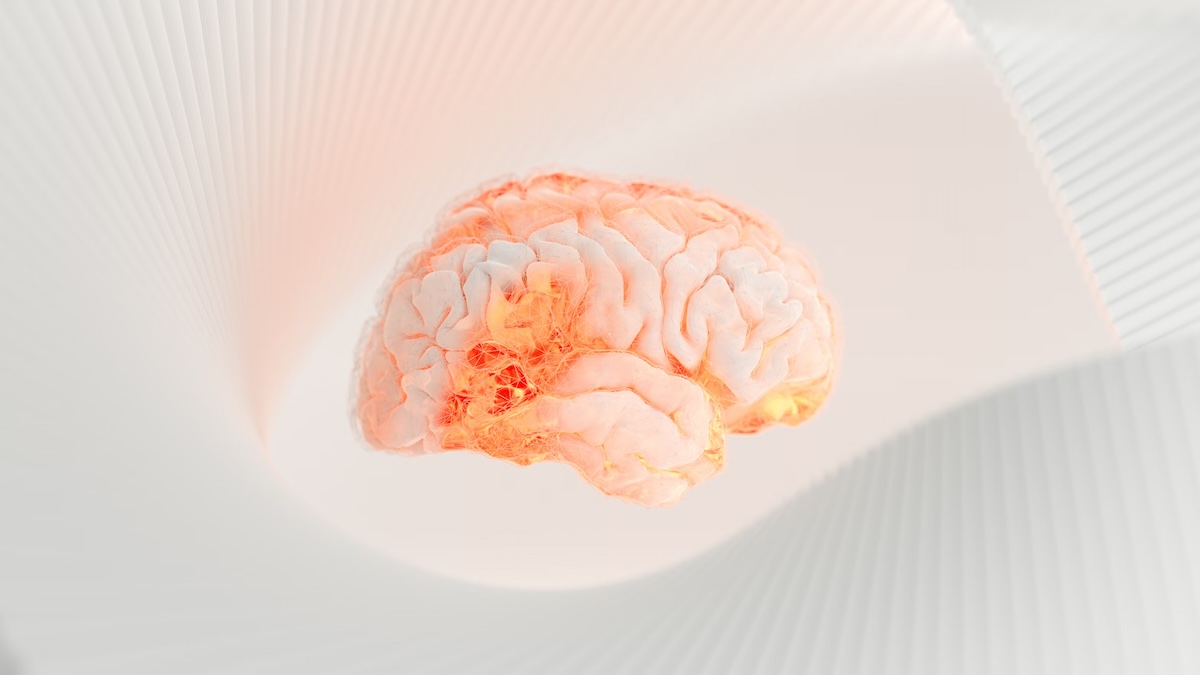It started with a hunch. My hunch.
My therapist and I had been noticing patterns — the kind I’d grown used to calling “personality quirks” or “bad habits.” I’d always thought of myself as someone who struggled with focus, someone who overreacted to noise, who planned things obsessively only to freeze when the time came to act. I thought that was just how I was wired. Uneven. Too much, sometimes. Too little, other times.
When I brought it up the possibility of ADHD, with my therapist, he didn’t seem surprised. He said he’d been wondering the same, too.
•••
The referral came. I joined the waiting list.
Eight months, give or take.
By then I had doubted it, researched it, dismissed it, believed it again, and circled back into self-blame more times than I could count.
When the assessment finally began, I thought I knew what I was walking into: ADHD. That’s what we were testing for.
But after a few sessions, the diagnosing specialist paused. She asked about things I hadn’t thought were part of the conversation — sensory stuff, social things I’d always masked over, the way I lost track of my body in group settings. The kind of disconnection that didn't look dramatic but lived in everything.
Then she said, “I’d like to broaden the scope, if you're OK with that, to explore whether there’s also autism here.”
And for a moment, I froze.
My stomach tightened. Not from disagreement — but from the weight of everything I’d ever been taught that word meant. Autism. It felt distant, clinical. A word I hadn’t let myself touch. And now it was here, in the room, with my name hovering beside it.
I nodded. I said yes. But inside, I was spiraling.
I spent the next few days researching obsessively. Reading, watching, listening.
Not the medical definitions — the real voices. Autistic women. Late-diagnosed adults. People like me, but honest in ways I’d never let myself be.
And slowly, something began to shift.
The fear softened.
The word stopped feeling like a diagnosis and started feeling like… recognition.
•••
It was three months of testing, conversations, and memories I hadn’t meant to revisit.
There were intake interviews, developmental timelines, standardized tools with names like DIVA-5 and ADOS-2.
My partner was interviewed about how I function now.
My sister and mother were called, their side of the story contributing to my history.
It was odd hearing myself described by other people.
They weren’t looking for quirks.
They weren’t looking for trauma.
They were looking for signs that had always been there — quiet, consistent, disruptive.
The kind that could rewrite a life once you had the language.
And perhaps, too, the kind of wiring that — while often invisible — has always quietly existed in society. A different rhythm of thinking. Of feeling. Of noticing. So many artists, pattern-makers, systems-thinkers, and sensitives moving through the world without a name for why everything felt so much.
It wasn’t just a challenge. It was also a gift.
•••
When the final report came, I read it alone.
ADHD. Autism. Clarinta clearly meets the clinical diagnosis for both.
***
And suddenly, it wasn’t chaos.
It wasn’t laziness.
It wasn’t me being too sensitive, too slow, too much.
It was a different nervous system. A different way of being in the world.
The report used careful, clinical phrases.
But beneath the language, I could feel it:
A shape for the way I’d always moved through life. A reason I couldn’t thrive where others seemed to coast.
It didn’t fix anything overnight.
But it softened the sharpness of how I’d been holding myself.
The quiet thought that followed wasn’t What’s wrong with me?
It was: Oh. So this is what it is. This is what it’s been.
A beginning that didn’t ask me to become someone new —
just to stop fighting who I already was.
**
If this resonated with you as a late-diagnosed neurodivergent (or suspect you are), my inbox is always open.

